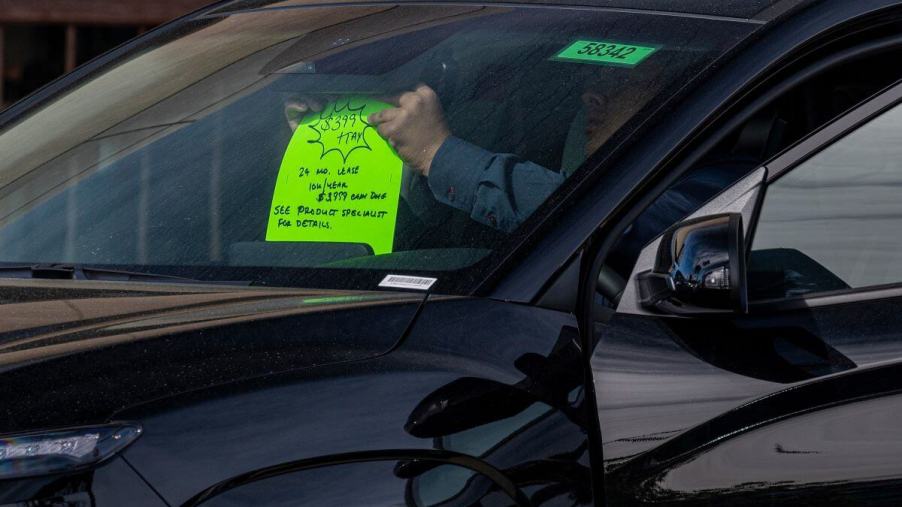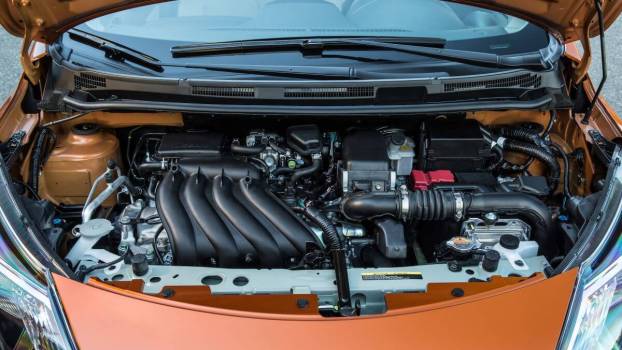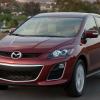
Rising Car Sales: Start of a Trend or Blip on the Radar?
Over the past few decades, the automotive marketplace has seen an enormous shift in popularity when it comes to SUVs. In the past, the midsize sedan set the standard for mainstream American transportation and car sales. Of course, the minivan had its time in the spotlight, but for most Americans, the midsize sedan was perfect for everyday driving. Solid fuel economy, inoffensive, sometimes sporty styling, and easy-to-park dimensions made the midsize sedan a favorite for generations of car shoppers.
During the midsize sedan’s reign of popularity, SUVs had always been a favorite among some Americans as well. However, SUVs were not necessarily accessible vehicles to own. In the past, SUVs were truck-based, big-engine equipped vehicles that made everyday driving tough, depending on where you lived. Great for some Americans, but for the average non-enthusiast driver, SUVs were seen as large vehicles that could be a challenge and unnecessary burden.
This all changed in the mid-2000s with the increased popularity of the crossover SUV. These crossovers were car-based SUVs that were easier to drive and had car-like driving dynamics, which put them more in line with station wagons than trucks. Since the mid-2000s, the crossover SUV has become the second-favorite type of vehicle in America, behind the pickup truck. However, we are seeing data that this popularity might swing back in favor of midsize sedans. Here is everything you need to know about the current rise in car sales.
Traditional car sales aren’t dead… Yet
According to AutoNews, the first quarter of 2023 was promising for traditional car sales. Traditional cars, which include coupes, convertibles, hatchbacks, and sedans, made up 21.4% of all vehicle sales for the first quarter of this year. This is up from a low 19.7% throughout the fourth quarter of 2021. This may not seem like a huge jump in sales, but every percentage point counts, especially in an industry as far-reaching and lucrative as the automotive industry. Throughout the first quarter of 2023, over 3.6 million vehicles were sold, making that 21.4% a huge amount of inventory.
Jalopnik reports that this was one of the only increases in market share seen from traditional car sales since 2002. To see one of the only upward trends in over two decades, it is tough to judge whether or not this increase in sales is a fad or a true market trend that will continue to see an increase over time.
There will always be a market for traditional cars
There are a good amount of industry hurdles that can account for this jump in traditional vehicle sales. For one, pandemic-related supply chain issues are still affecting the marketplace, and with many companies having their overall supply cut short, some traditional cars were some of the easiest vehicles to get onto dealer lots when shortages were at their worst.
However, this isn’t the only factor leading to the jump in traditional vehicle sales. The Chevrolet Camaro, Chevy Malibu, Dodge Charger, and Dodge Challenger are on the verge of being discontinued, leading to some drivers going all-out to experience these vehicles before they are gone forever.
Tyson Jominy, vice president of data and analytics at J.D. Power, also explains that this jump in sales from the younger generation could be seen as a rebellious act from younger drivers toward their parents. Most millennials grew up in the backseat of minivans and wagons. To experience the childhood they didn’t get to have, many young drivers today can be seen in convertibles and sports cars.
Whether or not it’s supply chain related, related to current events in the world, or just good old rebellion against the norm, this unprecedented jump in traditional car sales is unexpected. If it sustains over a longer period, we just may see some automotive brands come out with a new lineup of conventional cars to meet demand.




